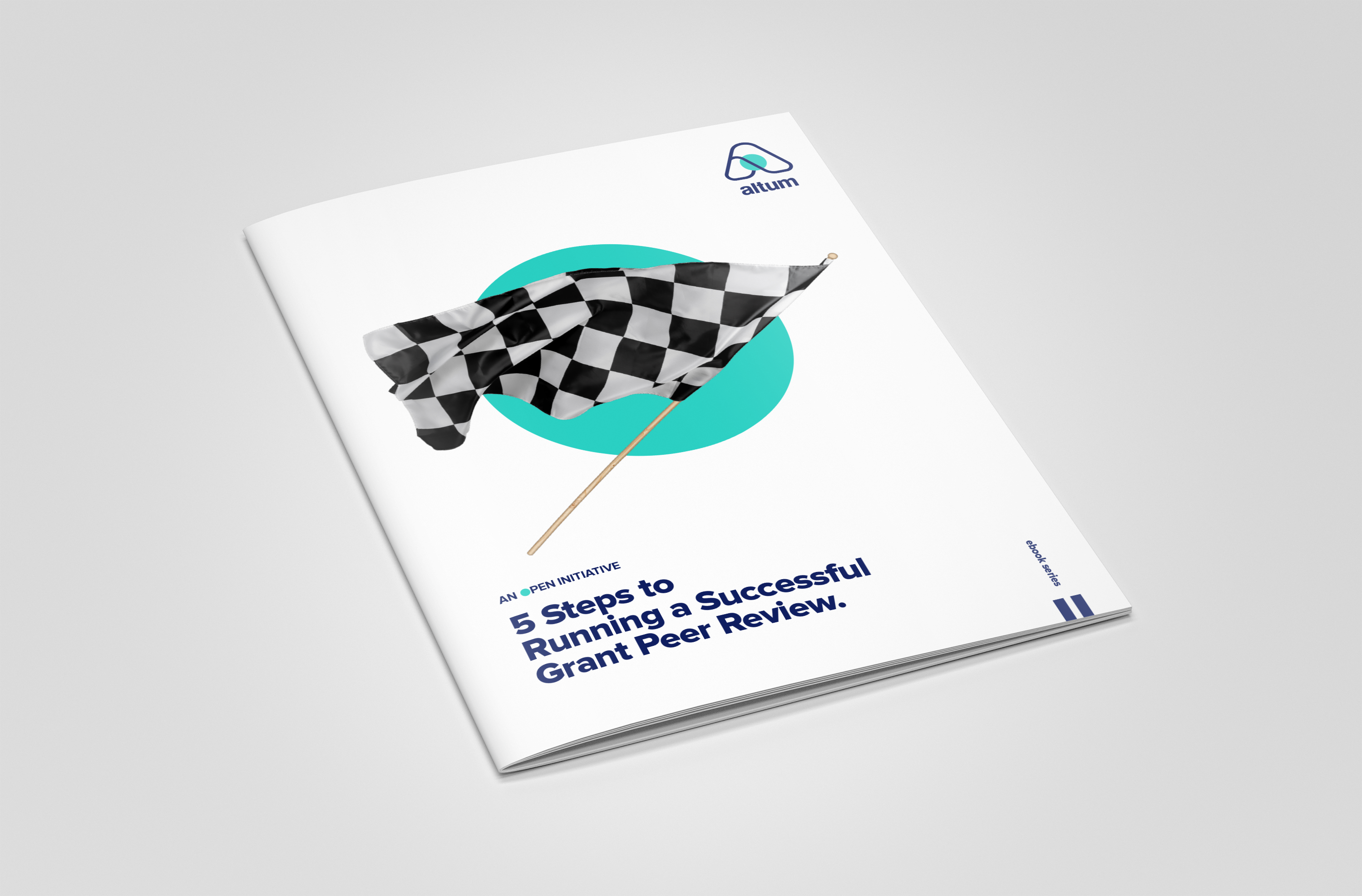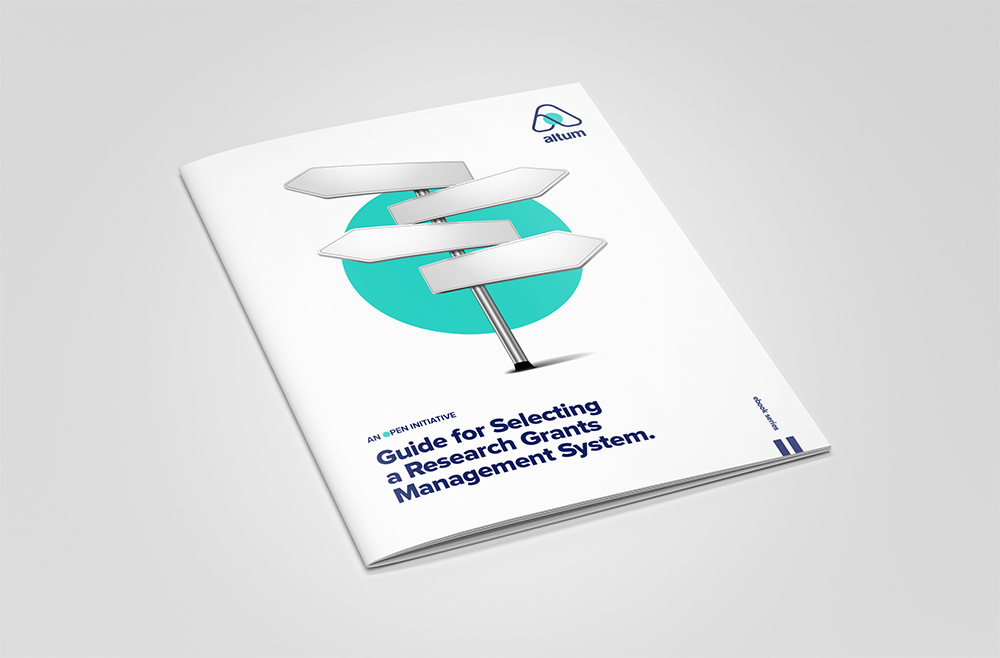Lay the Groundwork
Before jumping straight into the who, what, how questions, you’ll want to determine what type of entity is going to be the backbone of the grant program. Do you need to set up a foundation? Here’s what to consider to answer that question:
Do you have private funds with which to set up your grantmaking program?
If so, you’ll probably want to create an incorporated private foundation. This type of foundation is tax-exempt and managed by a director or a board of trustees. Funds from this type of foundation are allocated to nonprofit organizations that apply for the funds.
Are you planning to fund your grant with a fundraising plan and public donations?
If so, you’ll need to set up a public charity, community foundation, or nonprofit organization. These organizations are also tax-exempt and are funded by public donations or grants from larger entities.
Does the prospect of setting up a distinct nonprofit entity seem too expansive for the nature of the research grant you have in mind?
If so, you might want to consider working with an existing nonprofit to back your grant idea. This option could be suitable if you’re comfortable taking on more of a collaborative role with a larger group and if you’re able to find an organization that’s aligned with your aspirations for the grant.
Once you’ve determined which approach you’d like to take, you may need to involve a few other expert stakeholders to ensure you’re managing the appropriate checks and balances to run a grant program that’s aligned with legal and regulatory considerations. You’ll want to work with legal and tax professionals to ensure you’re adhering to the appropriate regulatory and tax-specific parameters.
If you’re hoping to establish a nonprofit as opposed to working with an existing one, you’ll also want to cultivate a passionate, dedicated, diverse board of directors or trustees who can champion the goals of the research grant program, provide strategic advice on key decisions and opportunities, and serve as the public face of your grant.









